Before you hit the highway this holiday season, and you’ll be among a vastly increased crowd, make sure your car and tires are ready for the journey. Those little patches of rubber that kiss the pavement at 70 mph are all that keep your favorite set of wheels from twirling into a ditch – or worse. Prepare before you go.
“It seems Americans may be keeping travel costs down by driving this holiday season,” says Chris Welty, Bridgestone tire education specialist. “It’s critical for drivers to prepare their vehicles for those extended miles on the road. Before hitting the highway, drivers should perform a tire safety check to ensure they have proper tire inflation pressure and the right set of tires for driving conditions they’ll encounter along the way.”
According to Bridgestone, about 28 percent of drivers in Snowbelt states have installed winter tires. All-season tires, equipped on most new cars, offer good all-around performance, but optimizing performance in snowy conditions require a different rubber compound to better adhere to cold roads and deep tread for digging through the deep white stuff. Even having a front- or all-wheel-drive car with traction control won’t get you through the muck if equipped with summer tires.
“As temperatures drop, it’s important to make sure your vehicle is equipped to handle winter weather and that starts with installing the right set of winter tires,” says Justin Hayes, product manager, Bridgestone Americas. “Winter tires give drivers more control in winter driving conditions, which often rapidly change from cold and dry to ice and snow. This added control is essential as the days become shorter and more drivers are facing dark commutes with low visibility.”
Trust me; I once stuck a Kia Cadenza on a slight incline during a video shoot. It cost me $100 for a tow truck and three hours of turmoil. And, I was parked in a busy city park. This is not something you want a cold lonely backroad. It’s miserable. Avoid it by not buying in to three myths that many drivers believe about winter travel:
If you have all-wheel-drive, you’re good to go in snow.
Wrong; AWD can get you going, and makes the most of available friction, but does nothing to enhance stopping. That requires rubber hitting the road.
All-season tires negate the need for winter tires.
While all-season tires can provide reasonable traction in all conditions, they are optimized for everything and customized for nothing. Winter tires provide better grip in snow and ice.
You can just under-inflate your tires for increased traction.
That’s not a good idea – it doesn’t really work and you can ruin your tires. Well, unless you’re driving an Army HUMVEE
Winter is treacherous enough without having to worry about tires. If you live in the Snowbelt, you probably should consider a good set of winter tread…especially if you’re one of the 234.6 million adults traveling during the holiday season, accumulating 36.8 billion miles along the way. It would be great if none of them are spent sliding into a ditch – or stuck in a freezing park.
Storm Forward!
Watch Casey’s video review of the stuck Kia; follow him on YouTube and Twitter: @AutoCasey.
 DONATE
DONATE




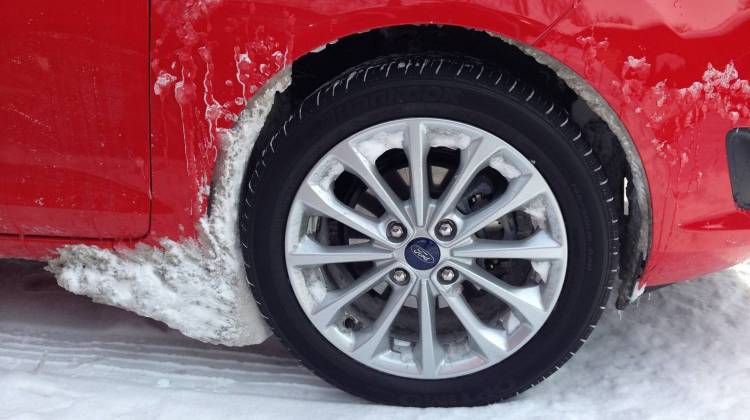

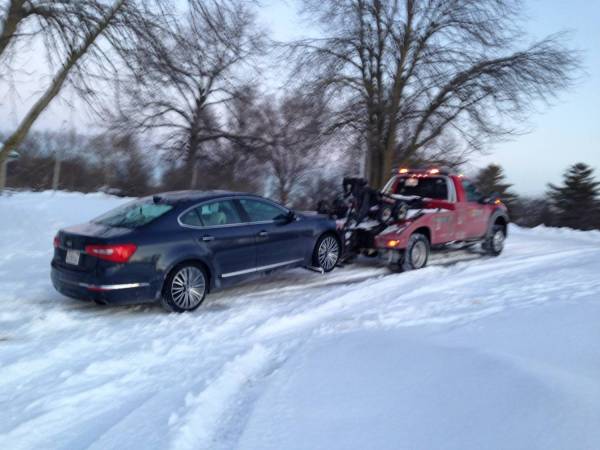
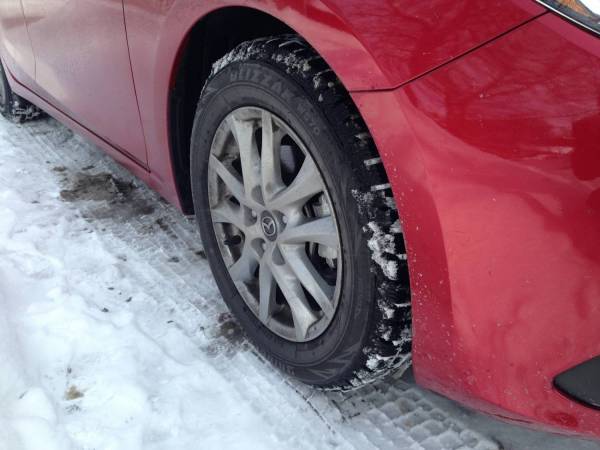
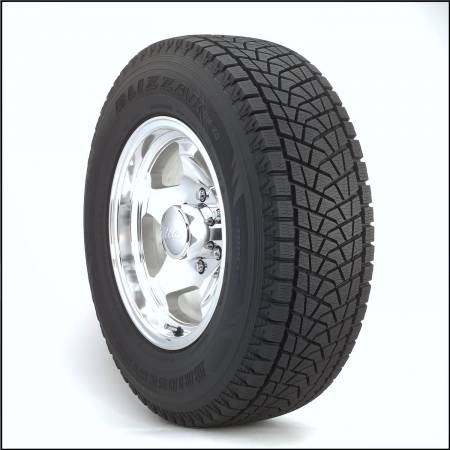




 View More Programs
View More Programs


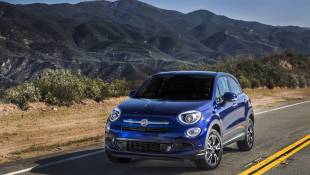

 Support WFYI. We can't do it without you.
Support WFYI. We can't do it without you.